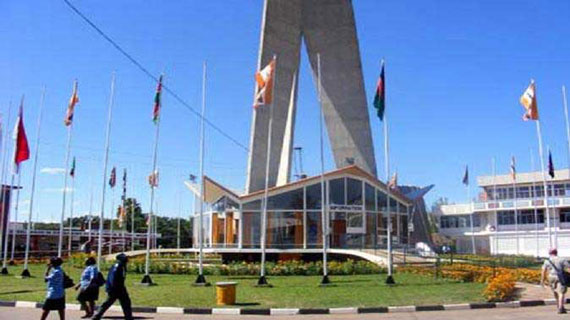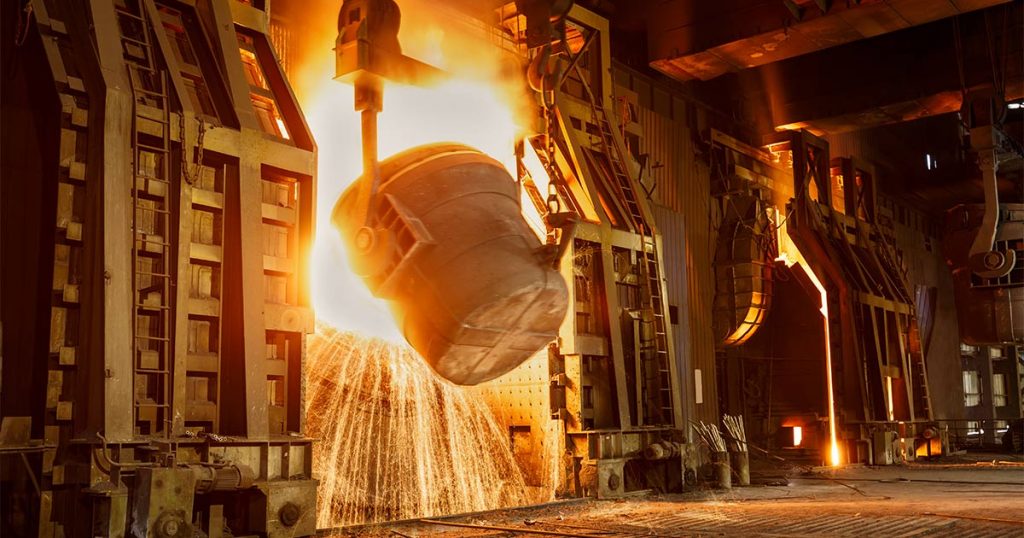CZI Survey: Untapped capacity ‘missed opportunity’ for Zim economy
Zimbabwe’s manufacturing sector capacity utilisation fell by 0.9 percentage points to 52.3 per cent in 2024, compared to 53.2 per cent in 2023. However, the sector is expected to recover in 2025 by utilising excess capacity.
According to the Confederation of Zimbabwe Industries (CZI) 2024 manufacturing sector survey report, launched in Harare yesterday, output by manufacturing firms decreased by 0.5 per cent in 2024. High performers, however, were new large firms that have been established for between zero and five years.
Presenting the survey, Dr Cornelius Dube, the CZI chief economist, said more firms are operating at an average of 60 per cent capacity, explaining the resilience of the companies.
“Despite the challenges that the manufacturing sector is facing, they remain optimistic for 2025, and this optimism will be further determined by the effectiveness of government policies,” he said.
According to the survey report, capacity utilisation differed across subsectors, with machinery and equipment repairs and installation capacity at 65 per cent, followed by chemicals and beverages, both at 59 per cent.
In terms of the industry’s technology upgrade over the past five years, Dr Dube said 47 per cent of respondents upgraded their technology, and their average age was 16 years, while 51 per cent remained the same, representing an average age of 17 years.
About 2 per cent, with an average age of 27 years, downgraded, returning to previous technology and discarding the new one.
According to the survey report, the percentage of US dollar sales revenue grew to 72 per cent in 2024, compared to 65 per cent in the prior year.
The survey report also shows that from 2019 to 2021, there was a significant increase in capacity utilisation, from 36.4 per cent in 2019 to 47.0 per cent in 2020, reaching 56.3 per cent in 2021.
Ms Sekai Kuvarika, the CZI chief executive officer, said current capacity means there is excess capacity that is not being utilised, representing a missed economic opportunity.
“Hypothetically, we are saying if we unlock 50 per cent capacity, the manufacturing sector’s contribution to gross domestic product will increase to about 15 per cent from the current 11 per cent.
“But what it requires is that we are competitive enough to regain domestic market share from imports, as well as competitive enough to be competitive in the export market, so that we can grow that volume,” she said.
She added that, “When we are talking about expanding the tax base, it means 50 per cent of that unutilised capacity is 50 per cent of that business, because if they could increase their capacity, they could double their volumes.”
Ms Kuvarika noted that what underpins that is the need to accelerate regulatory reform to unlock competitiveness.
“We also need to now look at enterprise-level things like artificial intelligence, energy efficiency, industrial automation systems and risk management, and other things that will assist competitiveness, because policies alone will not be enough,” she said.
Industrialist and former CZI president Mr Sifelani Jabangwe said the 5 per cent of the industry currently exporting will not be enough to generate more foreign currency to support recovery efforts.
“If we reduce the cost of doing business, the companies will increase exports, as a result generating capital for the industry to make more investments that will result in more jobs and an increase in revenue,” he said.
Buy Zimbabwe general manager Mr Alois Burutsa said the manufacturing sector has been resilient, and the growth of small to medium enterprises’ contribution to manufacturing is a welcome development.
“The old companies are folding, and we are having new entrants into the economy, such as SMEs and even new big companies like Varun Beverages, Trade Kings and Manhize Steel Plant, showing that we are expanding the manufacturing capacity,” he said.
However, he said the sector’s 5 per cent exports show that the industry is not growing enough, as the economy is missing potential export revenue.-herald











